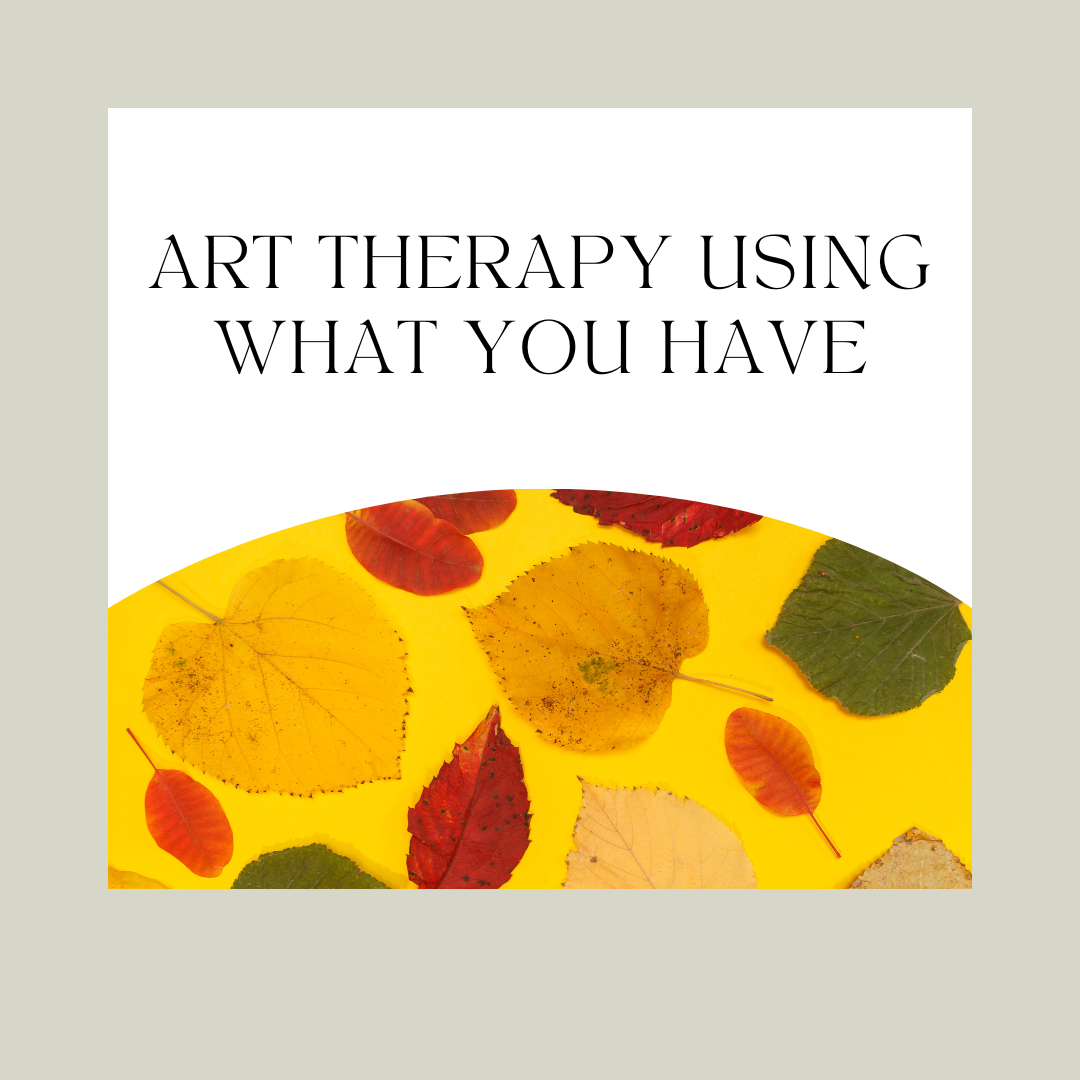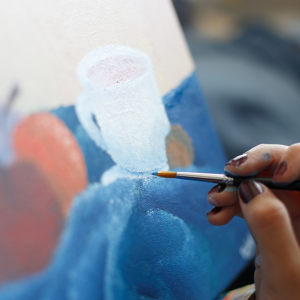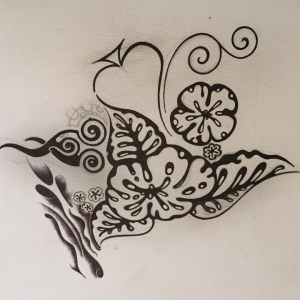Welcome to the heartbeat of Integrative Counsel, our blog where tranquility meets transformation. This is your sanctuary for insights and wisdom on nurturing a harmonious connection between mind, body, and spirit.
Art Therapy Using What You Have

How do you go about doing art therapy with simple supplies? Art therapy can be a life changing tool for expressing your feelings, exploring your self-knowledge, and coping with the symptoms of mental illness, but supplies can be expensive, and we might not always have exactly the ones we need or want. Art therapy should be accessible to you no matter what supplies you have on hand. Here are three art therapy exercises for people with limited supplies.
Art Therapy With Limited Paint Supplies
 Many art therapy activities ask for paint supplies, and it’s easy to picture a grand set-up with a variety of paints of all shades with subtle variations in varnish or color. But that picture of a grand set of art supplies can be as much of a road block as anything when we’re trying to get started with an exercise. The fact of the matter is that art therapy is there for you to access at every level of supplies. It is just as possible to paint a vibrant landscape with two colors as it is with fourteen, and you’ll find that the restrictions you set on yourself can be just as inspiring as your materials. When you’re finished, think about the artistic choices you made because of your limitations, and consider the impacts they made in your piece. Oftentimes we think of limitations as bad, but you may find that your best work came out of necessity due to your limitations.
Many art therapy activities ask for paint supplies, and it’s easy to picture a grand set-up with a variety of paints of all shades with subtle variations in varnish or color. But that picture of a grand set of art supplies can be as much of a road block as anything when we’re trying to get started with an exercise. The fact of the matter is that art therapy is there for you to access at every level of supplies. It is just as possible to paint a vibrant landscape with two colors as it is with fourteen, and you’ll find that the restrictions you set on yourself can be just as inspiring as your materials. When you’re finished, think about the artistic choices you made because of your limitations, and consider the impacts they made in your piece. Oftentimes we think of limitations as bad, but you may find that your best work came out of necessity due to your limitations.
Doing Art Therapy With A Pencil
 This art therapy exercise is helpful when it comes to handling dysregulated emotions. Pull out an ordinary lead pencil, a piece of lined composition paper, and start doodling. Many art therapy exercises call for a set of colored pencils, but that is certainly not required for exercise. Think about the sorts of things you used to draw on the margins of your notes in school and channel that energy. Your doodle should be full of things that bring you comfort in the act of drawing them. Don’t stop until you’ve filled up all the space on your sheet of paper. Then observe what you drew. Were there any thoughts that influenced what you were making? Did you incorporate elements of your environment, and if so, does your artistic rendering illuminate any feelings you may have about it?
This art therapy exercise is helpful when it comes to handling dysregulated emotions. Pull out an ordinary lead pencil, a piece of lined composition paper, and start doodling. Many art therapy exercises call for a set of colored pencils, but that is certainly not required for exercise. Think about the sorts of things you used to draw on the margins of your notes in school and channel that energy. Your doodle should be full of things that bring you comfort in the act of drawing them. Don’t stop until you’ve filled up all the space on your sheet of paper. Then observe what you drew. Were there any thoughts that influenced what you were making? Did you incorporate elements of your environment, and if so, does your artistic rendering illuminate any feelings you may have about it?
Art Therapy Exercise With No Drawing
 Sometimes the blank page can be the most difficult material to work with. All you’ll need for this collaging exercise is an adhesive (such as a glue stick or scotch tape), and a small treasure trove of printed scrap paper (old magazines, mail-in ads, etc.). Those experienced in art therapy might feel a chill run down their spine as they anticipate the words “vision board” occupying this paragraph, but the art of collage is as versatile as the artists who work in it. For this exercise, you’ll be putting together a collage of a family photo. This can include mothers, fathers, siblings, pets, houses, and anything else you think would fit in a family photo. Once you feel finished, ask yourself: What sort of relationship does this family have? Is this the sort of family you want, and if not, why so?
Sometimes the blank page can be the most difficult material to work with. All you’ll need for this collaging exercise is an adhesive (such as a glue stick or scotch tape), and a small treasure trove of printed scrap paper (old magazines, mail-in ads, etc.). Those experienced in art therapy might feel a chill run down their spine as they anticipate the words “vision board” occupying this paragraph, but the art of collage is as versatile as the artists who work in it. For this exercise, you’ll be putting together a collage of a family photo. This can include mothers, fathers, siblings, pets, houses, and anything else you think would fit in a family photo. Once you feel finished, ask yourself: What sort of relationship does this family have? Is this the sort of family you want, and if not, why so?
If you are wanting to try art therapy, contact us today to schedule a consultation.
]Sunny Ebsary is a writer and singer-songwriter from Tampa, FL. When he’s not sing-songwriting or just regular writing, he’s probably drinking water with a lot of ice, having a staring contest with his cat, or giving people great ideas. You can listen to Sunny’s music here.
October 13, 2022
Click here to book a consultation call and start navigating your personal path to mental harmony with a therapist who gets you. Your journey, your pace, your story—let's unfold it together.
Let's keep the conversation going.
Feeling the spark to light up your wellness journey?
resources
CONTACT
RATES
join us
shop
SERVICES
OUR APPROACH
visiting professionals
OUR TEAM
HOME
727.342.0054
hello@integrativecounsel.com
Integrative Counsel is committed to providing culturally competent services. We respect the uniqueness of every person including, but not limited to race, ethnicity, gender identity, sexual orientation, class and religious affiliation.